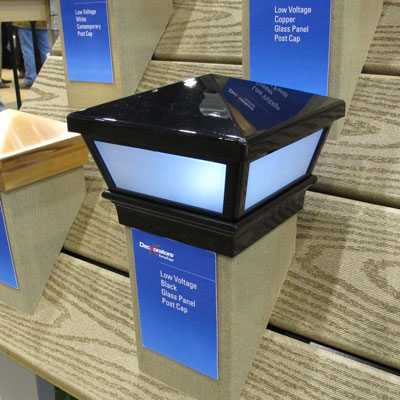Introduction to Low Voltage Lighting Systems
Low voltage lighting systems are gaining popularity in residential and commercial buildings. These systems operate on 12V or 24V, significantly lower than the standard 120V or 240V used in traditional lighting. The core components include a transformer, low voltage light fixtures, and wiring suitable for low voltage currents.
Basics of Low Voltage Lighting Systems
- Transformer: Converts standard voltage to low voltage.
- Fixtures: Designed to operate efficiently at low voltage.
- Wiring: Specially rated for lower voltage to ensure safety and performance.
IBC and NEC Regulations for Low Voltage Lighting
The International Building Code (IBC) and National Electrical Code (NEC) provide guidelines for the safe installation and operation of low voltage lighting systems.
- IBC Compliance: Ensures structural safety and integration of low voltage lighting within building design.
- NEC Compliance: Focuses on electrical safety, including wiring, installation, and equipment standards.
Key NEC Sections for Low Voltage Lighting
- Article 411: Covers lighting systems operating at 30 volts or less.
- Article 725: Deals with remote-control, signaling, and power-limited circuits.
- Article 780: Specific to remote-control and signal circuits, ensuring they do not interfere with other electrical systems.
Benefits of Low Voltage Lighting Technology
Cost Savings on Construction
- Reduced Material Costs: Low voltage wiring is often less expensive and easier to install.
- Energy Efficiency: Lower voltage lights use less power, reducing energy bills.
- Simplified Installation: Easier and quicker installation can lead to labor cost savings.
Enhanced Design Flexibility
Low voltage lighting allows for more creative and flexible lighting designs. Accordingly, install smaller fixtures in hard-to-reach areas, enhancing the aesthetic appeal. Light fixture manufacturers can utilize smaller components electrically with 12 or 24 volt, which allows for smaller housings and lights. Very common applications are landscape lights (which can be mounted in trees, along pathways, etc.), string lights, and track lighting.

Role of Architecture and Electrical Engineering Teams
Evaluation of Options
Experienced teams assess the building’s design and electrical needs. They ensure the chosen low voltage system meets both aesthetic and functional requirements.
Compliance with Codes
Professionals ensure that all installations comply with IBC and NEC regulations. This avoids costly rework and ensures safety. Additionally, a big challenge is finding a location for the transformer. They are relatively big, bulky, and hard to hide in easy to access locations. Another other challenge is distance, because you can’t typically run LV wiring as long as traditional line voltage wiring.
Example: Residential Low Voltage Lighting
In a modern home, low voltage LED strips can be used for under-cabinet lighting in kitchens. Accordingly, these provide efficient, focused light without the bulk of traditional fixtures. An architecture and electrical engineering team can design a system that highlights the kitchen’s features while ensuring compliance with Article 411 of the NEC.
Example: Commercial Low Voltage Lighting
In an office building, low voltage track lighting can be used to create flexible lighting solutions in open-plan areas. This setup is energy-efficient and can be easily reconfigured as office layouts change. Compliance with Article 725 ensures the system is safely integrated into the building’s electrical infrastructure.
Conclusion
In conclusion, low voltage lighting is a cost-effective, flexible, and energy-efficient solution for both residential and commercial buildings. By following IBC and NEC guidelines, and with the help of an experienced architecture and electrical engineering team, you can achieve a safe, compliant, and aesthetically pleasing lighting system. Therefore, embracing these trends can lead to significant savings and enhanced design possibilities.
Additionally, for further information on low voltage lighting and compliance, refer to the latest editions of the IBC and NEC. By integrating low voltage lighting into your building projects, you can create sustainable and visually stunning environments while maintaining compliance with the latest safety codes. Reach out to our team of experts at EVstudio to help you evaluate what lighting technologies are best for your project and budget.










